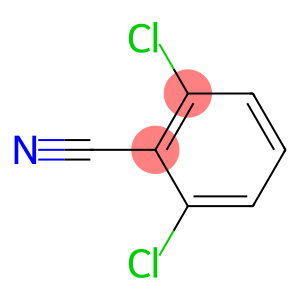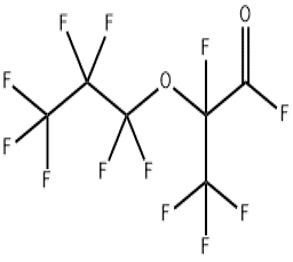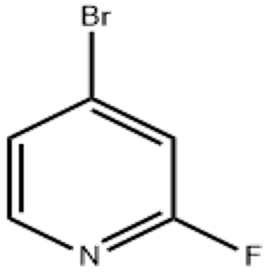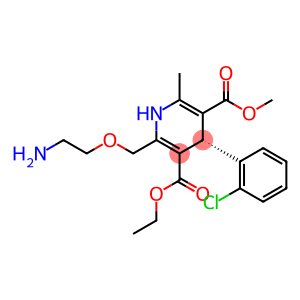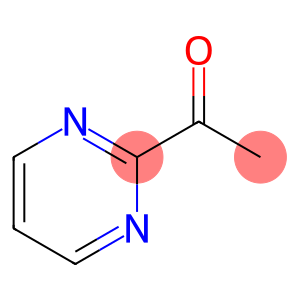2-3-Dichloropropionitrile(CAS#2601-89-0)
| Risk Codes | 23/24/25 – Toxic by inhalation, in contact with skin and if swallowed. |
| Safety Description | S23 – Do not breathe vapour. S36/37/39 – Wear suitable protective clothing, gloves and eye/face protection. S45 – In case of accident or if you feel unwell, seek medical advice immediately (show the label whenever possible.) |
| UN IDs | 3276 |
| Hazard Class | 6.1 |
| Packing Group | II |
Introduction
2,3-Dichloropropionitrile is an organic compound. The following is an introduction to the properties, uses, preparation methods and safety information of 2,3-dichloropropionitrile:
Quality:
1.2,3-Dichloropropionitrile is a colorless liquid with a special pungent odor.
2. It is flammable and can form an explosive vapor mixture with oxygen.
4.2,3-Dichloropropionitrile is slightly soluble in water and soluble in organic solvents such as ethanol and ether.
5. It is corrosive and has an irritating effect on the skin, eyes, and respiratory tract.
Use:
2. It can be used to prepare different kinds of organic compounds, such as esters, amides, ketones, etc.
Method:
There are many ways to prepare 2,3-dichloropropionitrile, one of which is to react propionitrile with chlorine in the presence of alkali to generate 2,3-dichloropropionitrile.
Safety Information:
1.2,3-Dichloropropionitrile is irritating and corrosive, and should be rinsed with water immediately after contact with skin and eyes.
2. When using 2,3-dichloropropionitrile, care should be taken to avoid inhaling its vapor.
3. Personal protective equipment such as protective gloves, glasses and respirators should be worn during operation.
4. Avoid contact with oxidants and combustibles during storage, and store in a dry and well-ventilated place.
Any chemical substances should be used with caution and in accordance with relevant safety measures.


